| |
|

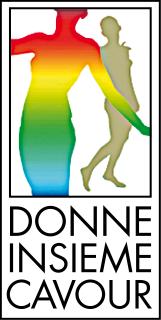 |
|
 |
|
|
7 > 15 NOVEMBRE 2009 |
CITTA’ DI CAVOUR Enpleinair association repeats this experience and wants to operate on the territory with particular attention to creativity. |
DECRIPTATI.002 ABBEY OF SANTA MARIA CITTA’ DI CAVOUR The 2009 project brings you back to this valuable habitat that historically and culturally maintains fragments of a particularly fascinating anthropological magic. Whispering in this Abbey is always a pleasure and you can almost feel the flux of a fluid time, as the precious researches made by tenacious and curious people, trying to find in the past their own past, demonstrate. The architectural complex of the abbey is located below the “rocca” and a sort of energy, which transmits mystery and compliance to human life, takes form from the “rocca”, as if it was a joke of a bizarre nature.In this place dialogue originates from the eyesight, the touch, the hearing, from smells, which reflect upon life mysteries. Producing culture is a continuous emotion, a way of life. Contemporary art work integrates, enters into the history and leads to an imminent future which is always a present. The Decriptati.002 exhibition path starts from the Abbey entrance. On the left- hand side of the building is located an old space called tinaggio. Here you can see the “Museo Caburrum” which is full of precious finds recovered in the territory of Cavour. In this place you can feel the pleasant emotion of living in the old settlement where the city was born. A suggestive arrangement of the finds shows several aspects of human presence at the ROCCA from prehistoric and historical points of view. We would like to point out how important is for a man to identity his origins in order to be confident with himself. The new Museum, wanted by the citizens of Cavour, originates from the collaboration between the “Comune di Cavour” and “Soprintendenza per i Beni Archeologici del Piemonte” and the “Museo Egizio” of Turin. It exhibits the finds recovered in both accidental and aimed discoveries. Preserving the past and telling it is the key to avoid forgetting. The spectator can benefit from the artistic and cultural elements of this dialogue. On the green perimeter of the abbey Carla Crosio’s sculptural bright black mass represents a black tide. This installation, which may evoke the “rocca” shape according to the author’s intention welcomes its spectators in a stormy mood. In the minimal and vital space of the crypt you can find a site specific installation made by Lougi Stoisa. Tiptoeing in the twilight zone, full of ancient memoirs, you can find Stoisa’s light and vital installation, which tells you about the world and its vitality.On top of the ancient stairs you can appreciate the silence where Stoisa’s work is the only element you perceive and which is able to evoke universal human figures. In the upper hall you can find Giorgio Ramella’s unique iconographical symbols, which lead you through the pictorial world where a man tells about himself evoking the painting anthropology. Here some short concerts organized by the Group of women of Cavour will take place to join the pleasure of the music with art. Contemporary art suggest questions which are apparently difficult to answer, but history and human creativity keep you alive and proudly (un)conscious of living. |
|
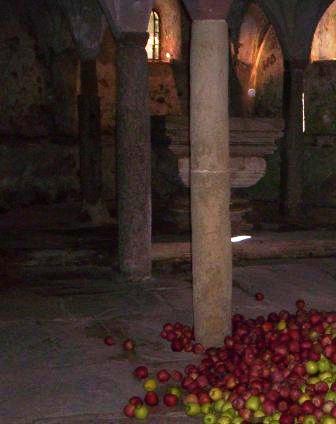 |
Internationally known for the use of tar as medium of expression LUIGI STOISA continues his experimentations because of his post-modern desire of working with different technologies. He never subordinates the aesthetic quality to an excessive experimentation. The artist reaches the idea of space through the use of neon lights, electricity and the tar that deforms or metaphorically encloses in an indistinct continuum the subject and even the canonic institution of art. However it suggests a new canon for a not exiled beauty. The implicit comment on the human global connection makes a stand through the use of electric light, which is clear into the electric sphere of connections, as if in a chaos of electrons somebody turned on the bulb light in a room to take a better look at the eyes of the person he loves. M .Bramante |
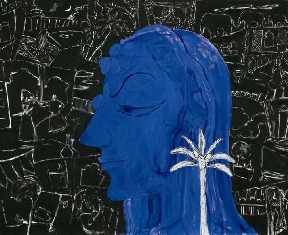 |
During his forty years of pictorial experience
GIORGIO RAMELLA went through a genesis of the
image. From his material abstraction emerge still indistinct signs alluding, as a presage, to the
birth of a meaning and of a scene. These signs give you the impression of collecting matter, creating in this way a world that suits your needs. They are presented as the epiphany of an event which still has no causes, condensing several meanings originated from the sensation of the vague and the undefined.Many different possible references to other presences in the world emerge from the pictorial weaving. Moving from the informal experience Ramella remains faithful to the pictorial experimentation without adapting to the anorexic way of conceptual art, which was thought to be the only possible development of modernity in art conventions. In this way the artist obtains the revelation of symbolic imagine, pursued in its styles contamination, which coincides with a renewed confidence in painting given to the medium from the post-modern age.M .Bramante |
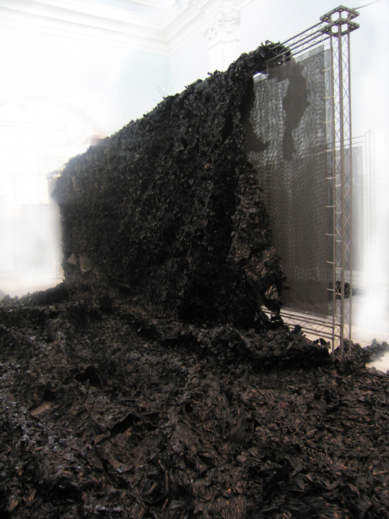 |
CARLA
CROSIO is an artist from Vercelli who obtained many national and international recognitions
thank to personal and collective exhibitions in different countries. She also collaborated with
famous critics like Gillo Dorfles, Francesco Poli and Tommaso Trini.Her installations combine the monolithic and terrestrial monumental size typical of a dense and heavy object, still incomplete, with a symbolical and immaterial dimension. In this way she evokes an expressive strategy which reminds Giotto’s technique, in a contemporary and informal key. The aesthetic seduction of her works hides an involvement which is both alienating and perturbing. It is a feeling that you cannot perceive consciously through the experience because it is a sort of presentiment. The spectator is fascinated and feels uncomfortable at the same time because of this sensation that makes you feel worried and because of the personal reflections and stories engraved by the artist on the surfaces and in the organs of his art works.M. Bramante |
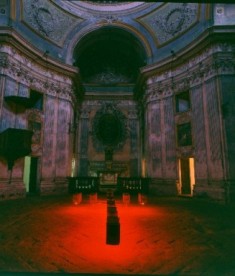 |
THE WHITE BIRD NEVER
DIES |
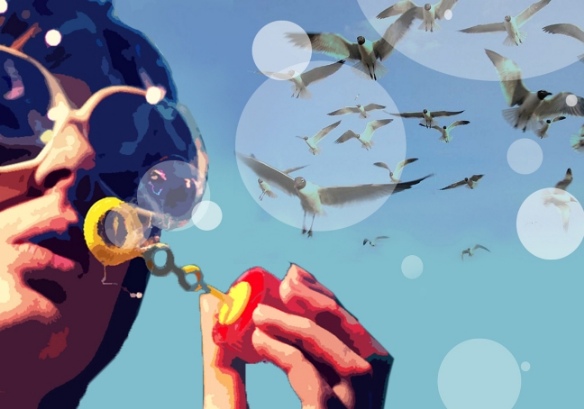 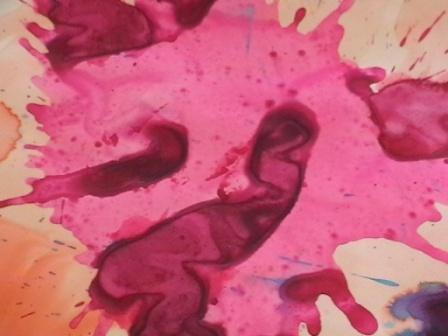 |
COLOURS FROM THE FEMALE SEDE UNITRE della CITTA’ di CAVOUR Via Giolitti 115 The cultural association enpleinair has been promoting feminine creativity since 1998. The exhibition project set up in this place offers an artistic reflection on feminine imaginary. The choice of this theme looks for the colour power: bright shades evoke pleasant emotions and a world that goes beyond grey, black and white.Caterina Bruno and Giovanna Ricca are both from Cavour. Their works are similar because of the chromatic results they obtained, although they use two different techniques and two different kinds of languages. CATERINA BRUNO uses the watercolour technique, which is delicate enough to allow colour to expand on a paper support and create a story. Her creative world is flexible and dynamic, it is as elusive as water is. Shades are subtle at first, but then they become strong and bright. Paper support becomes a medium to evade from reality. The gesture of watercolour becomes sacred and capable to take the spectator to a new world. GIOVANNA RICCA is a young and dynamic artist. She received a multidisciplinary education, strongly focused on the graphic approach. Her experimentations work on unique portions of time: her eyes record real life situations in order to join them together in her own imaginary.Giovanna Ricca creates visions and short happy ending stories on canvas, 100x70, 100x100, which may seem too small because we would like to see the end of the story… The Canvas/windows are metaphors for joyful moments like her soap bubbles, big glasses, colours and colours.... E. Privitera |
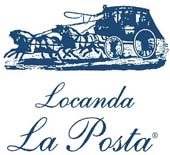 |
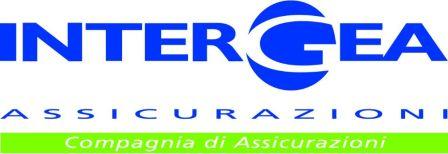
|
| esposizioni dal'94 | http//www.cavour.info |
| NEWS | |
| enpleinair | |